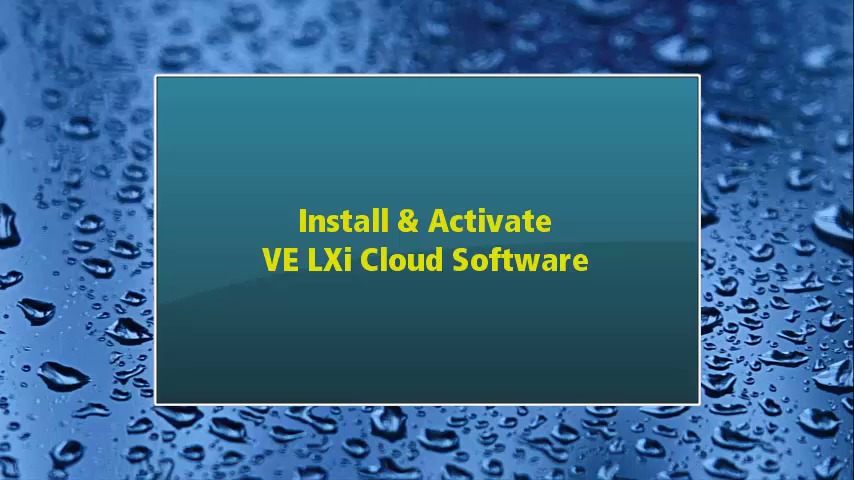

Most people, when discussing vinyl, talk about an “analog sound,” saying that vinyl sounds “warmer” or “richer” than digital. Back in the LP days, musicians would argue about who got their songs on the beginnings of sides, and the music you listen to on an LP gets lower in quality as you get closer to the center. Anyone who has worked with tapes knows that this speed difference results in much lower fidelity. This is similar to the difference in tape speeds dropping from, say, 15 ips (inches per second) to 7.5 ips. The first grooves on an LP offer 510 mm of vinyl per second, but as you get to the end of a side, there’s only around 200 mm per second less than half the resolution. And, because of RIAA equalization, the sound on a recording is manipulated, both for pressing, to reduce low frequencies, and for playback, to attempt to restore them.īut there’s another problem with vinyl that most people don’t consider. Stereo separation is poor on vinyl there is spillover from one channel to the other, which is an inherent weakness of the playback process. This wear results in lower frequency response and lower overall fidelity. Bear in mind that needles used to play records are made of diamonds, a very hard substance, and each play of a record wears it out a bit. First, this is only true with a pristine record, a perfect stylus, and a high-end stereo system in most cases, vinyl’s frequency range is lower than that of CDs. Audiophiles tout the higher frequency response of vinyl over CDs, saying that vinyl can play back those frequencies that we can’t hear. Oh, and you had to deal with dust, records that warped if exposed to heat or were stored flat, static electricity that could perturb things, the spindle hole that might be off-center, and wow and flutter that added noise to playback.īut the biggest problem with vinyl is simply that records wear out. Also, the quality of the plastic used for vinyl records was often poor, meaning that records wore out quickly. With older, scratched records, sometimes the only way to listen to them was to place a penny on the cartridge to add weight to it.

I don’t miss the clicks and pops of vinyl, or the way that, if you bumped into the turntable, or whatever shelf it was on, you could scratch a record, damaging it permanently. I grew up with vinyl, and, while I miss the bigger artwork, and the added room for liner notes, that’s all I miss. Turntables were annoying and fragile, and you had to manually change sides of records with CDs, you can play an entire album without flipping discs. People abandoned vinyl for several reasons: CDs were more convenient, less fragile, and sounded better. To be fair, this isn’t difficult as long as sales continue to increase, they’ll be higher than any time since the Great Vinyl Decline of the late 1980s and early 1990s. Vinyl sales are booming, reaching the highest levels in more than ten years. I’ve been discussing a number of audiophile myths here on Kirkville, and today I’d like to address another one: the myth that vinyl sounds better than CDs (or downloads).


 0 kommentar(er)
0 kommentar(er)
